Rengeji Temple, surrounded by the greenery of Yamatocho, Nakano, Tokyo, is full of hints for nurturing Nakano's future!

We will introduce you to Rengeji Temple, located in a residential area of Yamatocho, Nakano Ward, Tokyo. Once you pass through the temple gate, you will be greeted by haniwa dolls. You will also learn about the desire that has been passed down for generations to "bring smiles to children's faces."
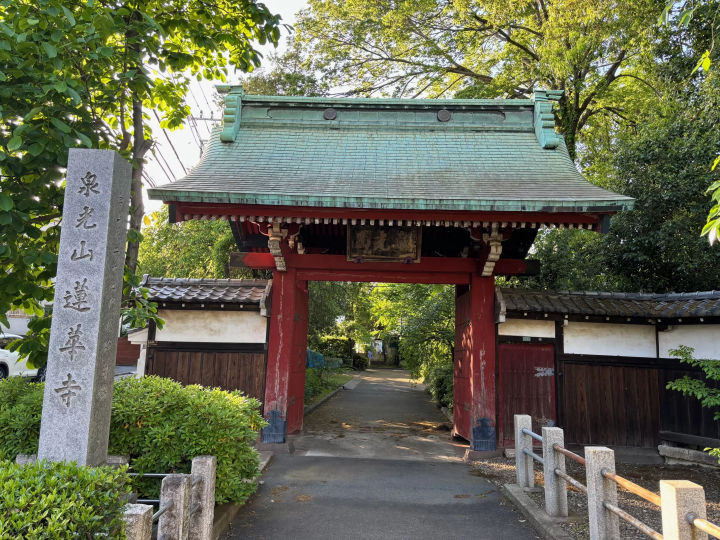
Hello! I'm Kimder Garden, a Nakano Tourism Reporter. My first report is about the ancient temple Rengeji, located in a residential area in Yamatocho, Nakano Ward. I had the opportunity to talk to the deputy chief priest, Shohan Inoue.
History of Rengeji Temple
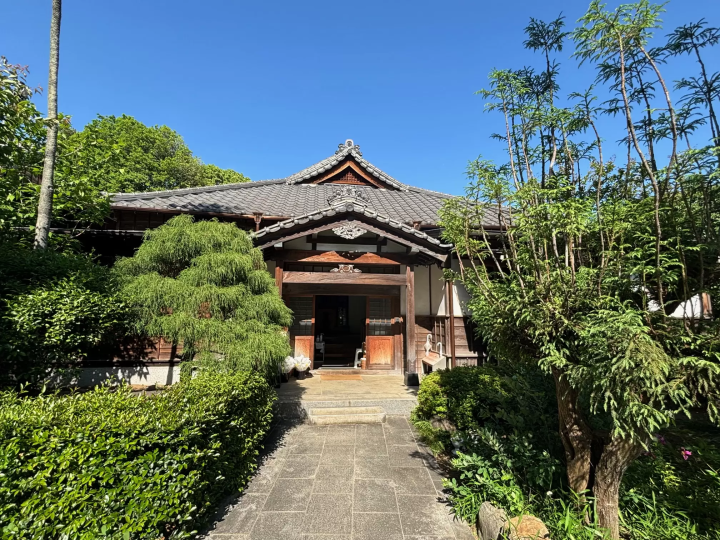
Its official name is "Nichiren sect Senkozan Rengeji Temple". Its construction dates back to 1658 during the Edo period. When Oraku-no-kata, a concubine of the third Tokugawa shogun Iemitsu, became pregnant with the fourth shogun Ietsuna, she asked the 14th head priest of Kitayama Honmonji Temple (Fujinomiya City, Shizuoka Prefecture), Nichiyu Shonin, to pray for a safe delivery. She gave birth safely and has since become a devout believer in the temple. Based on that faith, Rengeji Temple was built in Bunkyo Ward (near the current Chinzanso), and was then relocated to its current location between 1911 and the early Taisho period.
The current head priest's foresight is astounding! Rengeji Temple is an "SDGs temple"
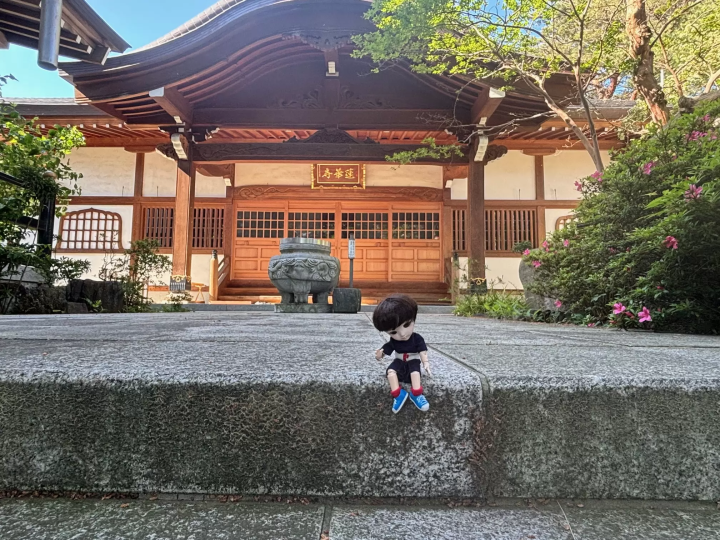
Inoue told us that "the exterior of the main hall was recently repaired using trees from the temple grounds that the current chief priest cut down himself." I was also surprised to hear Inoue say, "I don't think there are many temples that use so many trees from the temple grounds to form their exterior." The inside of the main hall is apparently exactly as it was when it was relocated there during the Edo period. As a sign of gratitude to nature, the current chief priest plants a flowering tree every time he cuts down a tree. Truly an example of SDGs!
What is the Flower Festival, the biggest event at Rengeji Temple?
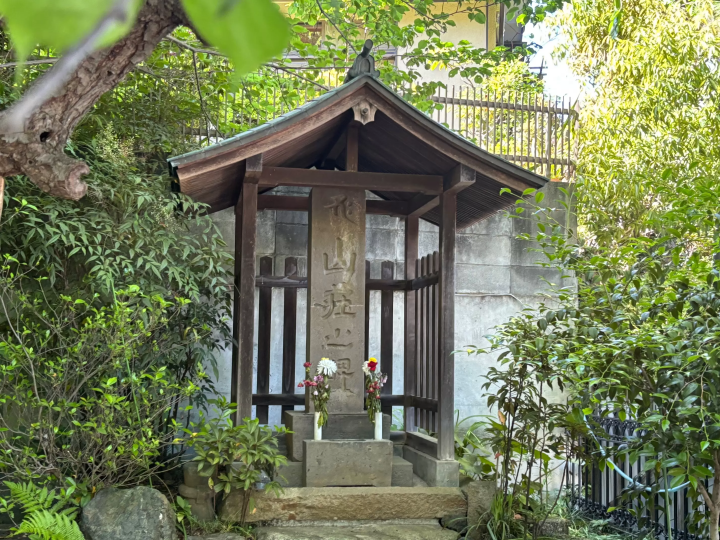
The Flower Festival celebrates Buddha's birthday. It is held at Rengeji Temple every year on the first Sunday of April. When the previous head priest was searching for ways to help children regain their smiles in the exhausted world after the war, the president of a publishing company who lived nearby suggested that they hand out supplements to educational magazines to children. Even now (as of 2024), 75 years later, sweets and supplements are still handed out to children who visit the temple on this day.

It's a one-day event, but it's a large-scale event that attracts 1,500 people. On the day, there will be a taiko drum performance by children on the stage in the temple grounds. "I'm happy that the children watching are inspired by their peers," says Inoue. In 2024, there will be a space where children can freely draw pictures, and there will also be collaborations with artists.
A temple with "Haniwa" figures is so cute!
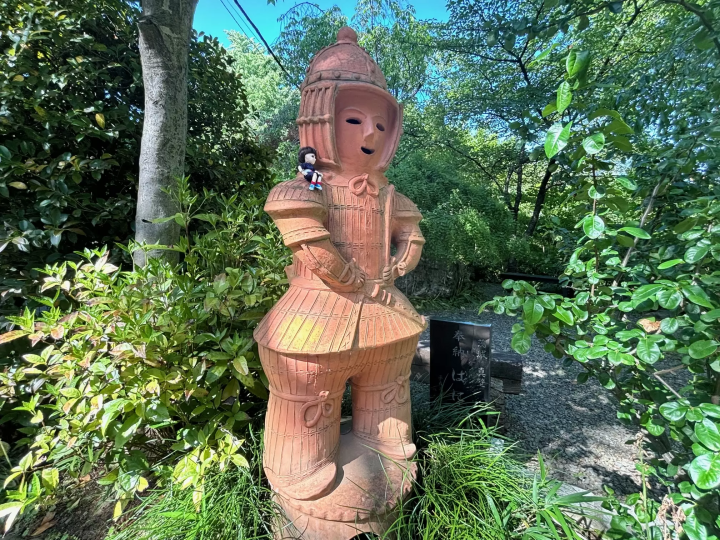
Just past the temple gate, there is a haniwa statue. It is unusual to see a haniwa statue in a temple, so I asked Inoue why. He told me that it was donated by a parishioner who used to visit Makabe Town in Ibaraki Prefecture, where the haniwa pottery is located. "There is a haniwa statue that I always see, and since I no longer visit Makabe Town, I decided to take the plunge and buy it. It would be good for the temple to be known as a temple with haniwa statues, so could you please keep it?" he said, in response to his bold (lol) offer. Inoue readily agreed, saying, "It is a samurai haniwa statue, so it will protect the temple. It does not carry weapons, and it will be kept outside the main hall," and so it has remained there ever since. I was touched by the generosity of Rengeji Temple.
What Rengeji Temple Aims to Do
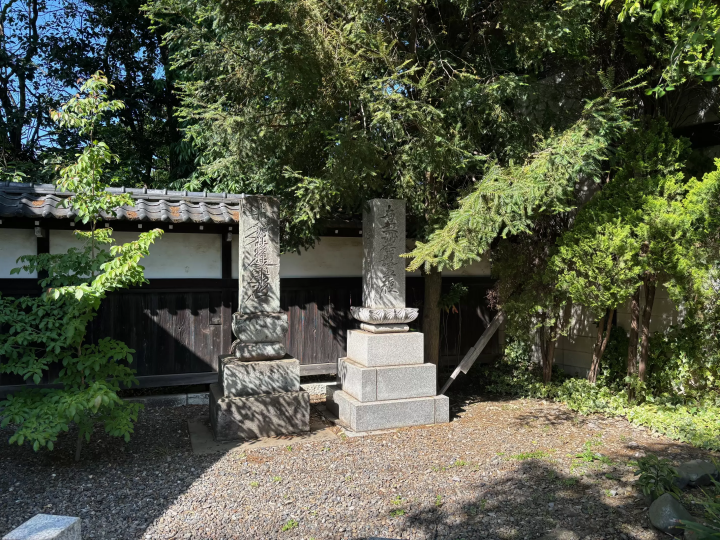
When we asked Inoue about the future of Rengeji Temple, he said, "I would be happy if many people, including local people, would feel free to visit Rengeji Temple and have it spark an interest in the teachings." This sentiment is also reflected in the stone letters at the entrance. Recently, the number of visitors from overseas has been increasing. "Since we only have signs written in Japanese, it is also an issue to let people know where 'authorized entry is prohibited'."
The pond at Rengeji Temple connects to the future!
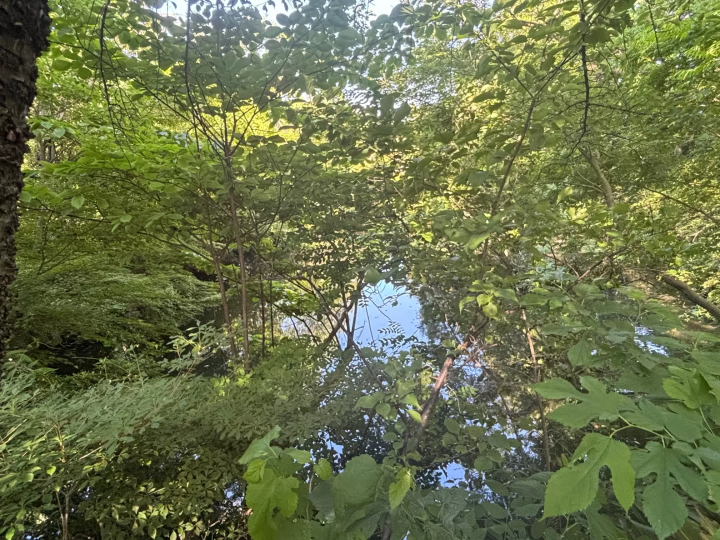
After the interview, we were shown around the area. It was hidden by the trees so we didn't notice, but when we looked in, we were surprised to see a huge pond. This pond is spring-fed and is the source of the Rengeji River that once flowed. At the time, the Rengeji River was an essential river for daily life, as it was used to do laundry and cool watermelons. Inoue told us that it was now an underground channel, so we followed it after the interview.
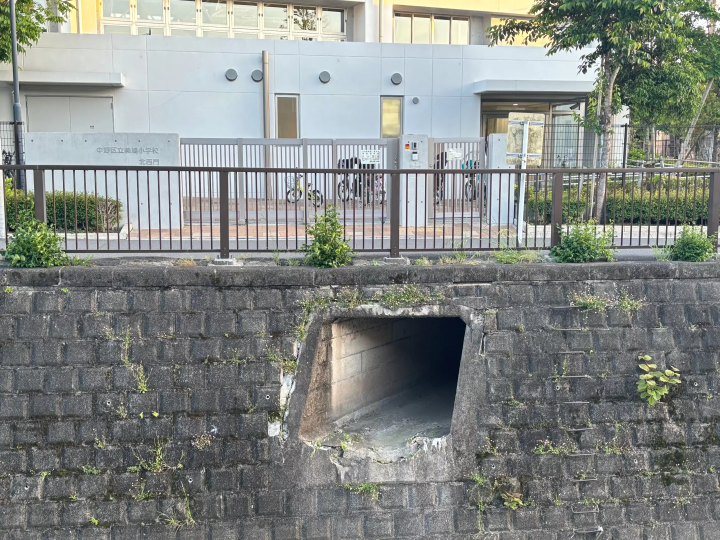
When I found the exit of the culvert, I was so moved that I couldn't stop trembling. It was right under Nakano City Mihato Elementary School. The pond of Rengeji Temple, which has woven the history of Nakano, leads to a place where children who will create the future gather! I never knew there could be such a happy ending. See you!
Nichiren sect Senkozan Rengeji Temple
Address: 4-37-15 Yamatocho, Nakano-ku
Access: 15 minutes walk from Koenji Station on the JR Chuo Line
20 minutes walk from Saginomiya Station on the Seibu Shinjuku Line
Kanto Bus (bus bound for Asagaya from Nakano Station North Exit) 1 minute from "Oise no Mori"
Nakano city is located in the western part of Tokyo's 23 wards. It is especially famous for Nakano Broadway, known as the "holy land" of subculture, but it also has many other tourist attractions such as historic shrines and temples and gourmet food. While the area around Nakano Station is undergoing a "once in a century" redevelopment, the town is undergoing change, and the town is bustling with old-fashioned, friendly shopping streets, making Nakano a very diverse city. This diversity is also what makes it a city with a population of about 17,000 people from about 120 countries.
The contents on this page may partially contain automatic translation.































![[Kanazawa] Enjoy the world of gold leaf to the fullest in the city with the highest production volume in Japan](https://resources.matcha-jp.com/resize/720x2000/2025/11/12-249564.webp)
![[2026] Family Winter Trip to Suzuka Circuit! – For Both Day trips and Overnight Stays!](https://resources.matcha-jp.com/resize/720x2000/2025/12/26-254097.webp)
![[Northern Okinawa] 4 Recommended Cosmos Fields in Okinawa | Sunflowers and Cherry Blossoms in the Same Season!](https://resources.matcha-jp.com/resize/720x2000/2024/08/12-192028.webp)

